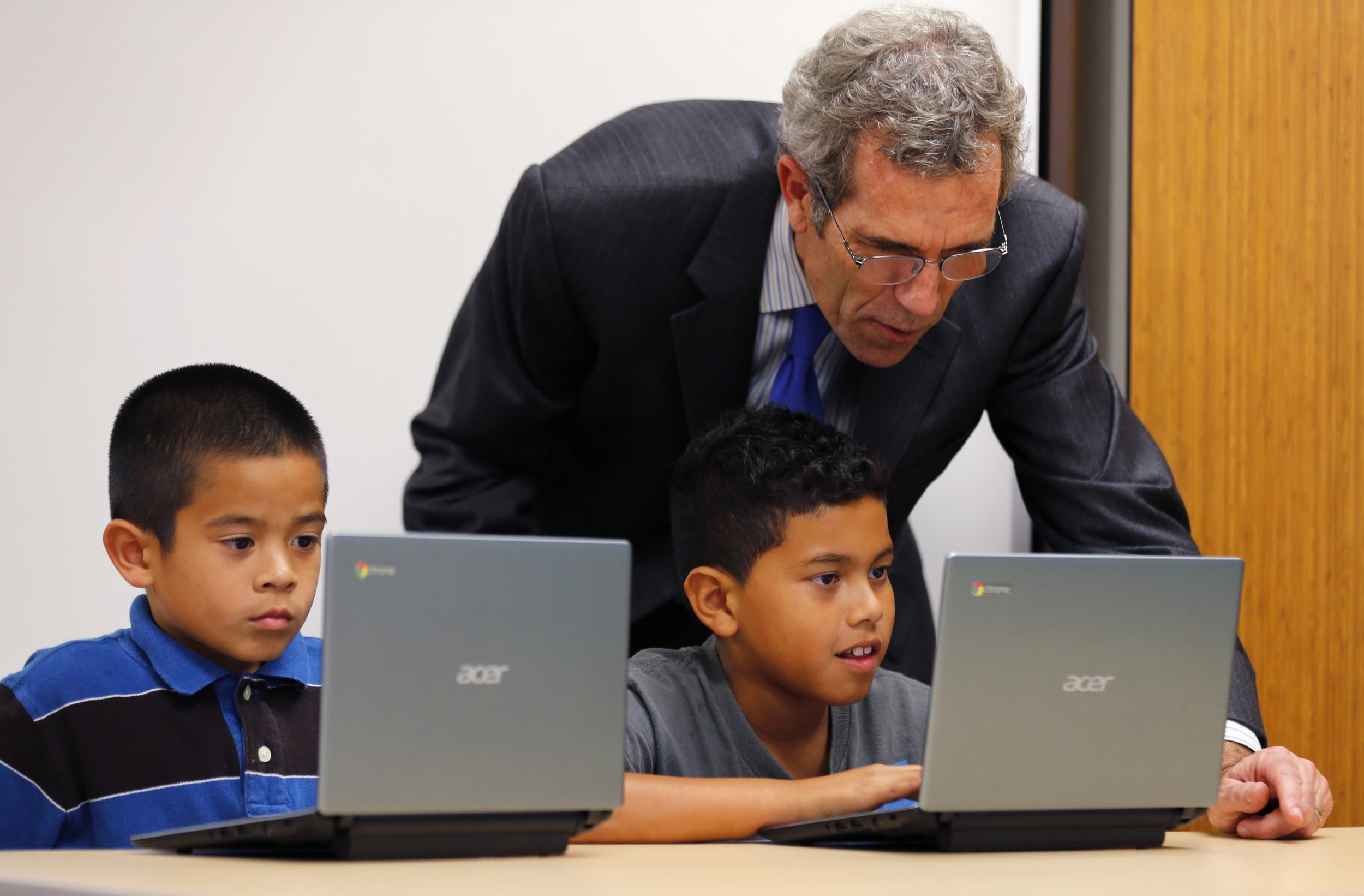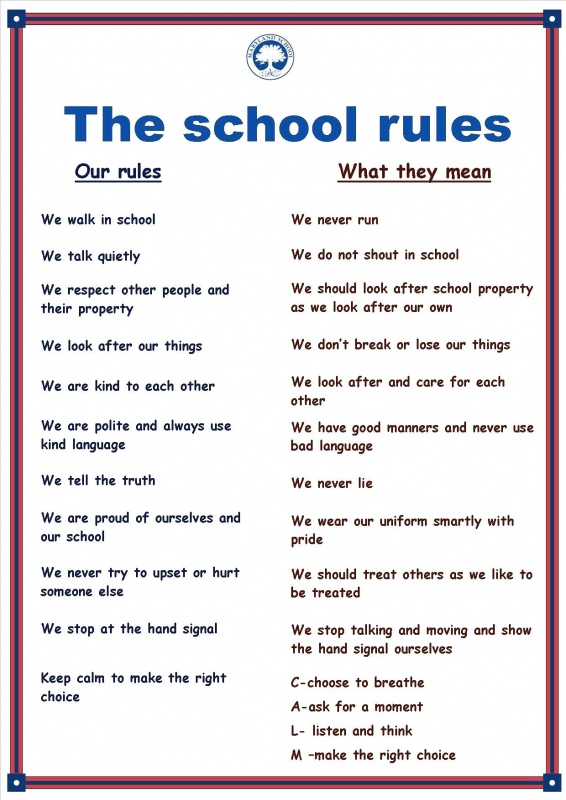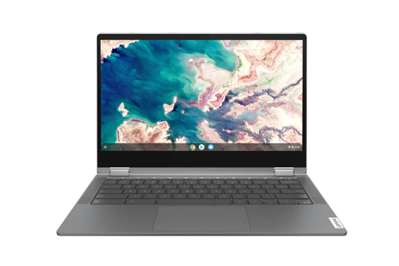NEW YORK (AP) — The Google Chromebook, a type of stripped-down laptop, isn't a practical mobile device for many people — mostly because it basically turns into an expensive paperweight whenever it can't find a Wi-Fi connection. Visual studio 2019 download.
Why use chromebooks. The reasons a Chromebook has been chosen as the most effective option for the junior school include: reasonable cost; very fast start up (getting to the learning quicker) all day battery life; Work both offline and online (contrary to general perception) continued quick performance over lifetime of device; no viruses or malware. Of the 12.6 million mobile devices shipped to primary and secondary schools in the United States in 2016, Chromebooks accounted for 58 percent of the market, up from 50 percent in 2015, according. Why a Chromebook isn't the same thing as a budget laptop. They may look the same, but a laptop and a Chromebook are more different than you might expect. 12, 2016 10:08 a.m.
Yet Chromebooks have defied expectations and made major inroads in an unexpected environment — U.S. schools.
In retrospect, that shouldn't be too surprising. Chromebooks are cheap and easy to manage, making them popular with budget-constrained schools with limited tech-support staff. And Wi-Fi is now common enough in U.S. schools and homes to make an internet-dependent device practical for students.

Google doesn't want to stop there. It's releasing new models in partnership with Samsung that are designed to appeal to a broader range of consumers. They have several tablet-like features, including a stylus, touch controls and a 360-degree hinge that allows you to turn the screen faceup. One starts selling Sunday for $449; a more powerful version comes out in April for $100 more.
Google and its manufacturing partners are trying to shed the Chromebook's perception as underperforming budget devices. But even with premium models, expanding beyond U.S. schools won't be easy.

CHROMEBOOKS GET SCHOOLED
For personal computers and tablets, Chromebook's share of the U.S. education market was 49 percent last year, up from 40 percent in 2015 and 9 percent in 2013, according to IDC figures released this week.
But education accounts for just 14 percent of the 110 million devices shipped in the U.S. last year — and Chromebooks make up just 9 percent of that broader total. Beach head 2000 game version download. Their numbers are also low abroad, even in schools.
The Chromebook's popularity in U.S. education is also largely limited to grades K-12, analysts say. Macs and Windows laptops are still dominant on college campuses. Dragon age inquisition digital copy.
ROUGH START
Chromebooks use a lightweight operating system designed to get people online faster, without having to wait around for the computer to start up. Much of the heavy lifting on Chromebooks gets done on Google's remote servers, so Chromebooks themselves don't need fast chips or lots of storage.
Early on, though, that made Chromebooks seem cheap and underpowered, which 'soured consumer expectations right off the bat,' IDC analyst Linn Huang said.
Chromebook Problems In Schools
Online storage for photos and documents online was much less common in 2011 when Chromebooks launched , so their limited local storage was initially unappealing. And the few apps available for Chromebooks didn't work offline, at least at the time.
DIFFERING NEEDS
But what constrains consumers can actually be liberating in education. Most kids don't need laptops on the bus or other locations where they can't connect to Wi-Fi. And they don't miss business software like Microsoft Office; Google's online apps for documents and spreadsheets do just fine for homework.
'What surprised us was how quickly it took off in education,' said Kan Liu, who oversees Chromebooks at Google.
Apple's iPad was hot at the time, but Google sold the Chromebook on convenience. They're easier for classrooms to share; just sign in with a Google account, and a student's apps and documents instantly appear. Teachers also have online tools to lock down what apps and sites students can use.
And with models available for less than $200, schools can get a few Chromebooks for the price of an iPad or a rival laptop.
'It allows us to put more devices in students' hands,' said Aaron Slutsky, chief technology officer for McDowell County Schools in North Carolina.

FAR FROM UNIVERSAL
But Chromebook's success story in schools is largely an American one, and it's likely to stay that way. Gartner analyst Mikako Kitagawa notes that Chromebooks are useless in China because the device depends on Google services that aren't available there. And in emerging countries, where a budget laptop would be ideal, she said internet access isn't reliable enough.
Even in the U.S., the iPad is better for many creative tasks such as recording and editing movies. Students studying engineering, robotics and graphics won't be able to use Chromebooks to run the kind of specialized software that's available for Macs and Windows laptops.
'But that's not needed for 98 percent of our students,' said Tracy Dabbs, coordinator of technology and innovation at the Burlington-Edison School District near Seattle.
Many school districts limit Apple and Windows computers for the students who specifically need them, then provide Chromebooks for the rest. McDowell County, for instance, has 5,500 Chromebooks, 1,200 iPads — and only 100 Macs and 200 Windows PCs.
RIVALS STAGE A COMEBACK

Google doesn't want to stop there. It's releasing new models in partnership with Samsung that are designed to appeal to a broader range of consumers. They have several tablet-like features, including a stylus, touch controls and a 360-degree hinge that allows you to turn the screen faceup. One starts selling Sunday for $449; a more powerful version comes out in April for $100 more.
Google and its manufacturing partners are trying to shed the Chromebook's perception as underperforming budget devices. But even with premium models, expanding beyond U.S. schools won't be easy.
CHROMEBOOKS GET SCHOOLED
For personal computers and tablets, Chromebook's share of the U.S. education market was 49 percent last year, up from 40 percent in 2015 and 9 percent in 2013, according to IDC figures released this week.
But education accounts for just 14 percent of the 110 million devices shipped in the U.S. last year — and Chromebooks make up just 9 percent of that broader total. Beach head 2000 game version download. Their numbers are also low abroad, even in schools.
The Chromebook's popularity in U.S. education is also largely limited to grades K-12, analysts say. Macs and Windows laptops are still dominant on college campuses. Dragon age inquisition digital copy.
ROUGH START
Chromebooks use a lightweight operating system designed to get people online faster, without having to wait around for the computer to start up. Much of the heavy lifting on Chromebooks gets done on Google's remote servers, so Chromebooks themselves don't need fast chips or lots of storage.
Early on, though, that made Chromebooks seem cheap and underpowered, which 'soured consumer expectations right off the bat,' IDC analyst Linn Huang said.
Chromebook Problems In Schools
Online storage for photos and documents online was much less common in 2011 when Chromebooks launched , so their limited local storage was initially unappealing. And the few apps available for Chromebooks didn't work offline, at least at the time.
DIFFERING NEEDS
But what constrains consumers can actually be liberating in education. Most kids don't need laptops on the bus or other locations where they can't connect to Wi-Fi. And they don't miss business software like Microsoft Office; Google's online apps for documents and spreadsheets do just fine for homework.
'What surprised us was how quickly it took off in education,' said Kan Liu, who oversees Chromebooks at Google.
Apple's iPad was hot at the time, but Google sold the Chromebook on convenience. They're easier for classrooms to share; just sign in with a Google account, and a student's apps and documents instantly appear. Teachers also have online tools to lock down what apps and sites students can use.
And with models available for less than $200, schools can get a few Chromebooks for the price of an iPad or a rival laptop.
'It allows us to put more devices in students' hands,' said Aaron Slutsky, chief technology officer for McDowell County Schools in North Carolina.
FAR FROM UNIVERSAL
But Chromebook's success story in schools is largely an American one, and it's likely to stay that way. Gartner analyst Mikako Kitagawa notes that Chromebooks are useless in China because the device depends on Google services that aren't available there. And in emerging countries, where a budget laptop would be ideal, she said internet access isn't reliable enough.
Even in the U.S., the iPad is better for many creative tasks such as recording and editing movies. Students studying engineering, robotics and graphics won't be able to use Chromebooks to run the kind of specialized software that's available for Macs and Windows laptops.
'But that's not needed for 98 percent of our students,' said Tracy Dabbs, coordinator of technology and innovation at the Burlington-Edison School District near Seattle.
Many school districts limit Apple and Windows computers for the students who specifically need them, then provide Chromebooks for the rest. McDowell County, for instance, has 5,500 Chromebooks, 1,200 iPads — and only 100 Macs and 200 Windows PCs.
RIVALS STAGE A COMEBACK
Last year, Apple gave iPads in schools some Chromebook-like features unavailable to the general public. That includes ways to let multiple people use a single tablet and management tools for tech-support staff. A new Classroom app lets teachers control what apps students run and track their progress.
Apple also provides classroom tools for teachers and students. Free e-books offer teachers step-by-step guides on using iPad apps and curriculum suggestions for everyday subjects. A separate app lets kids learn programming using the same language developers use to build iPad apps.
Meanwhile, Microsoft announced last month new online apps and management tools for schools, along with Windows PCs priced similarly to Chromebooks.
BEYOND SCHOOLS
Huang said some businesses are giving Chromebooks a second look, especially in retail, banking and other settings where people share computers.
But in many offices, the lack of business software such as Office is a major hurdle. Google's alternative lacks many advanced capabilities found in Office, and habits are hard to change.
Google is trying to make Chromebooks more palatable by letting them run Android apps designed for phones and tablets. It's testing this capability on a handful of Chromebook models, including the new ones from Samsung. That makes it possible to install Office, Adobe Photoshop and many apps on a Chromebook, though these tablet versions have limited features compared with versions for Macs or Windows laptops.
The reasons a Chromebook has been chosen as the most effective option for the junior school include:
- reasonable cost
- very fast start up (getting to the learning quicker)
- all day battery life
- Work both offline and online (contrary to general perception)
- continued quick performance over lifetime of device
- no viruses or malware
- integration with GSuite for Education
- They do not run applications that can slow down a school network such as Steam
There is significant debate in some communities about the relative merits of using Google Apps products compared with Microsoft Office products. The argument is often made that to prepare students for the workplace, they need to be using 'industry standard' applications such as Microsoft Word or Excel. Our philosophy is that the most important thing is to learn how to use the key functions of these tools in a wide range of settings, rather than learning a specific program. Both Google and Microsoft products are available for use at Riccarton High School, but we have found that the Google suite of applications offers a more seamless experience that allows students to:
- Get to the learning faster
- Collaborate and share more effectively
- Understand the key functions in a simple and intuitive environment
- Transfer their skills and work to Microsoft products when needed
The research
The most up-to-date New Zealand research around the use of Chromebooks and GSuite for Education currently comes from the Manaiakalani Evaluation Program, which is one of the most comprehensive and well-funded research programs across a cluster of schools in New Zealand.
Why Chromebooks For Education
The cluster involves 11 primary, intermediate and secondary schools in Auckland. The programme begun in 2007 and has developed into a significant body of research over the last 9 years.
The principal Auckland University researchers are Dr. Rebecca Jesson, Professor Stuart McNaughton and Dr. Aaron Wilson. If you would like to read about their most current report, please click here.
The results
Why Do Schools Use Chromebooks
There are considerable, proven learning benefits to be gained from students having guided access to Chromebooks and Google Apps for Education.
Why Do Schools Use Chromebooks Work
The graph below is from Tamaki College which is a decile 1 school in Auckland that is part of the Manaiakalani cluster. This school uses the Google platform with Chromebooks. These technologies were used from 2011 onwards. The graph shows a clear increase in academic results for NCEA Level 1, 2 and 3.
A key message from the study is that having digital devices is not as important as how they are used to challenge thinking and create learning.
Why Do Schools Use Chromebooks Used
Our teachers have been involved in a range of training programs over the last 3 years around the use of digital technologies in the classroom and the use of Google Apps in particular. We have gained a number of insights into how to best use these technologies and have made some very encouraging observations around student engagement.
- Parents
- e-learning/BYOD
